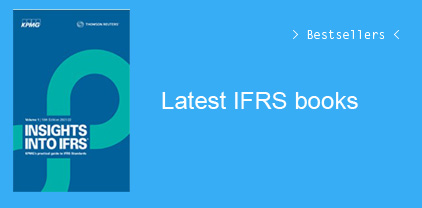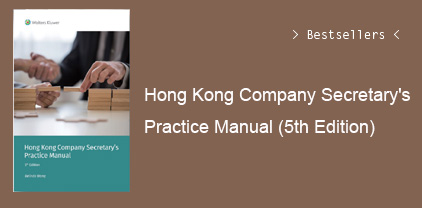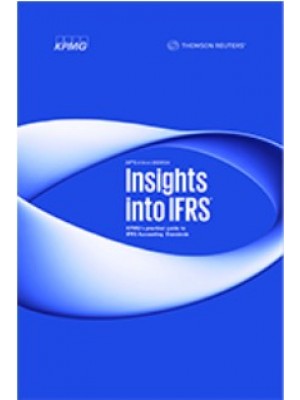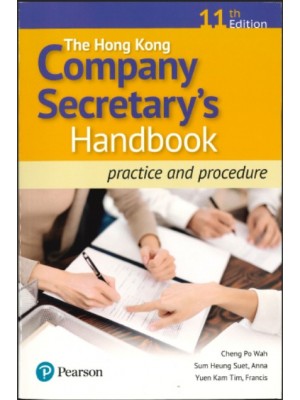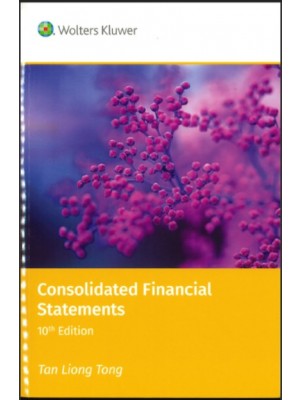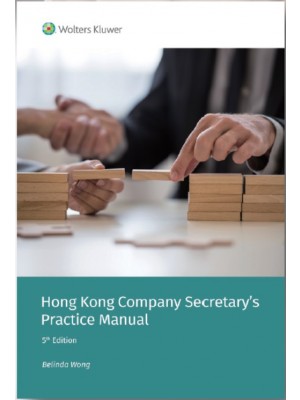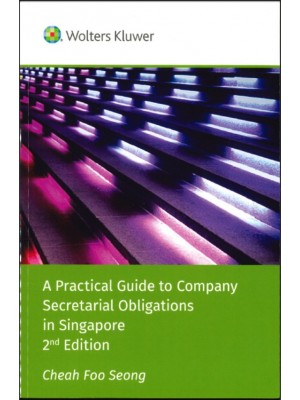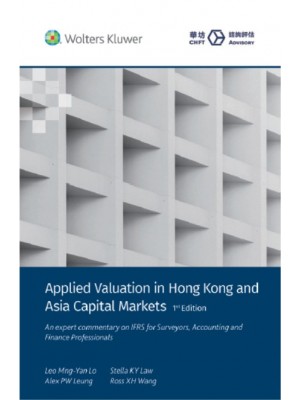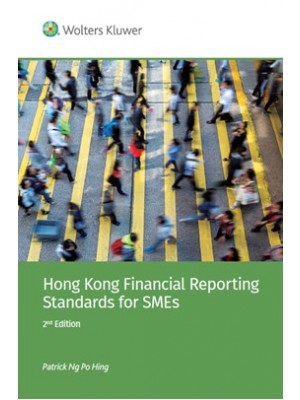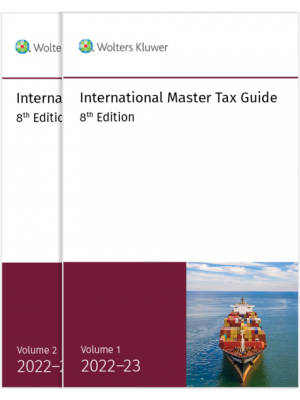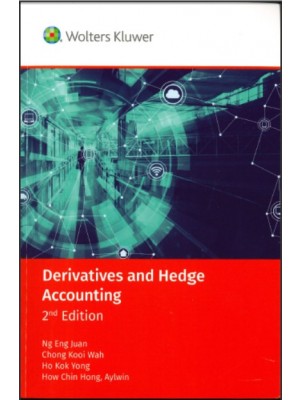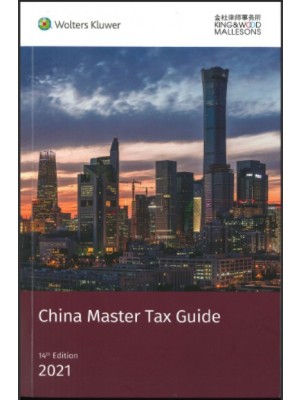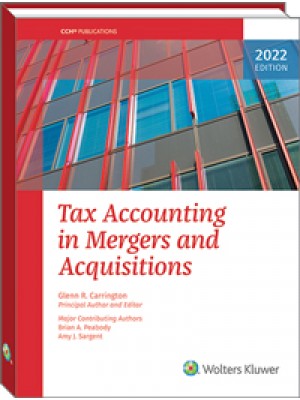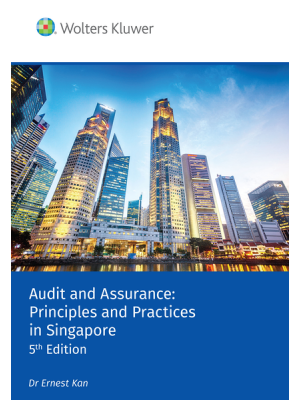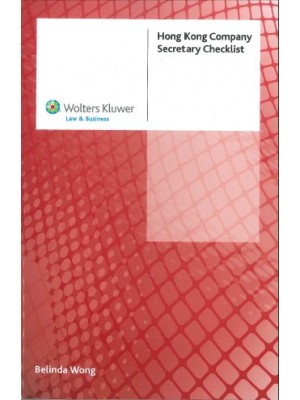Foreword xi
Preface xiii
Acknowledgments xv
About the CFA Investment Series xvii
Chapter 1 Equity Valuation: Applications & Processes 1
Learning Outcomes 1
1. Introduction 2
2. Value Definitions and Valuation Applications 2
2.1. What Is Value? 2
2.2. Applications of Equity Valuation 5
3. The Valuation Process 7
3.1. Understanding the Business 8
3.2. Forecasting Company Performance 17
3.3. Selecting the Appropriate Valuation Model 18
3.4. Converting Forecasts to a Valuation 25
3.5. Applying the Valuation Conclusion: The Analyst’s Role and Responsibilities 26
4. Communicating Valuation Results 28
4.1. Contents of a Research Report 28
4.2. Format of a Research Report 30
4.3. Research Reporting Responsibilities 32
5. Summary 33
References 34
Problems 35
Chapter 2 Return Concepts 39
Learning Outcomes 39
1. Introduction 40
2. Return Concepts 40
2.1. Holding Period Return 40
2.2. Realized and Expected (Holding Period) Return 41
2.3. Required Return 41
2.4. Expected Return Estimates from Intrinsic Value Estimates 43
2.5. Discount Rate 45
2.6. Internal Rate of Return 46
3. The Equity Risk Premium 47
3.1. Historical Estimates 48
3.2. Forward-Looking Estimates 57
4. The Required Return on Equity 60
4.1. The Capital Asset Pricing Model 60
4.2. Multifactor Models 68
4.3. Build-Up Method Estimates of the Required Return on Equity 75
4.4. The Required Return on Equity: International Issues 79
5. The Weighted Average Cost of Capital 80
6. Discount Rate Selection in Relation to Cash Flows 82
7. Summary 82
References 84
Problems 85
Chapter 3 Introduction to Industry and Company Analysis 91
Learning Outcomes 91
1. Introduction 92
2. Uses of Industry Analysis 92
3. Approaches to Identifying Similar Companies 93
3.1. Products and/or Services Supplied 93
3.2. Business-Cycle Sensitivities 94
3.3. Statistical Similarities 95
4. Industry Classification Systems 96
4.1. Commercial Industry Classification Systems 96
4.2. Governmental Industry Classification Systems 100
4.3. Strengths and Weaknesses of Current Systems 101
4.4. Constructing a Peer Group 102
5. Describing and Analyzing an Industry 106
5.1. Principles of Strategic Analysis 109
5.2. External Influences on Industry Growth, Profitability, and Risk 129
6. Company Analysis 135
6.1. Elements That Should be Covered in a Company Analysis 136
6.2. Spreadsheet Modeling 139
7. Summary 139
References 142
Problems 143
Chapter 4 Industry and Company analysis 147
Learning Outcomes 147
1. Introduction 148
2. Financial Modeling: An Overview 148
2.1. Income Statement Modeling: Revenue 148
2.2. Income Statement Modeling: Operating Costs 154
2.3. Income Statement Modeling: Non-Operating Costs 167
2.4. Income Statement Modeling: Other Items 172
2.5. Balance Sheet and Cash Flow Statement Modeling 172
2.6. Scenario Analysis and Sensitivity Analysis 174
3. The Impact of Competitive Factors on Prices and Costs 176
4. Inflation and Deflation 184
4.1. Sales Projections with Inflation and Deflation 184
4.2. Cost Projections with Inflation and Deflation 190
5. Technological Developments 192
6. Long-Term Forecasting 203
7. Building a Model 209
7.1. Industry Overview 209
7.2. Company Overview 210
7.3. Construction of Pro Forma Income Statement 211
7.4. Construction of Pro Forma Cash Flow Statement and Balance Sheet 217
7.5. Valuation Inputs 223
8. Summary 223
References 224
Problems 224
Chapter 5 Discounted Dividend Valuation 231
Learning Outcomes 231
1. Introduction 232
2. Present Value Models 233
2.1. Valuation Based on the Present Value of Future Cash Flows 233
2.2. Streams of Expected Cash Flows 235
3. The Dividend Discount Model 241
3.1. The Expression for a Single Holding Period 241
3.2. The Expression for Multiple Holding Periods 242
4. The Gordon Growth Model 244
4.1. The Gordon Growth Model Equation 245
4.2. The Links Among Dividend Growth, Earnings Growth, and Value Appreciation in the Gordon Growth Model 252
4.3. Share Repurchases 252
4.4. The Implied Dividend Growth Rate 253
4.5. The Present Value of Growth Opportunities 254
4.6. Gordon Growth Model and the Price-to-Earnings Ratio 256
4.7. Estimating a Required Return Using the Gordon Growth Model 259
4.8. The Gordon Growth Model: Concluding Remarks 259
5. Multistage Dividend Discount Models 260
5.1. Two-Stage Dividend Discount Model 261
5.2. Valuing a Non-Dividend-Paying Company 264
5.3. The H-Model 265
5.4. Three-Stage Dividend Discount Models 267
5.5. Spreadsheet (General) Modeling 272
5.6. Estimating a Required Return Using Any DDM 274
5.7. Multistage DDM: Concluding Remarks 276
6. The Financial Determinants of Growth Rates 276
6.1. Sustainable Growth Rate 276
6.2. Dividend Growth Rate, Retention Rate, and ROE Analysis 278
6.3. Financial Models and Dividends 281
7. Summary 283
References 286
Problems 287
Chapter 6 Free Cash Flow Valuation 295
Learning Outcomes 295
1. Introduction to Free Cash Flows 296
2. FCFF and FCFE Valuation Approaches 296
2.1. Defining Free Cash Flow 297
2.2. Present Value of Free Cash Flow 298
2.3. Single-Stage (Constant-Growth) FCFF and FCFE Models 299
3. Forecasting Free Cash Flow 301
3.1. Computing FCFF from Net Income 301
3.2. Computing FCFF from the Statement of Cash Flows 305
3.3. Noncash Charges 307
3.4. Computing FCFE from FCFF 312
3.5. Finding FCFF and FCFE from EBIT or EBITDA 318
3.6. FCFF and FCFE on a Uses-of-Free-Cash-Flow Basis 320
3.7. Forecasting FCFF and FCFE 322
3.8. Other Issues in Free Cash Flow Analysis 327
4. Free Cash Flow Model Variations 333
4.1. An International Application of the Single-Stage Model 333
4.2. Sensitivity Analysis of FCFF and FCFE Valuations 334
4.3. Two-Stage Free Cash Flow Models 336
4.4. Three-Stage Growth Models 343
5. Nonoperating Assets and Firm Value 345
6. Summary 346
References 348
Problems 348
Chapter 7 Market-Based Valuation: Price and Enterprise Value Multiples 361
Learning Outcomes 361
1. Introduction 362
2. Price and Enterprise Value Multiples in Valuation 363
2.1. The Method of Comparables 363
2.2. The Method Based on Forecasted Fundamentals 365
3. Price Multiples 366
3.1. Price to Earnings 366
3.2. Price to Book Value 399
3.3. Price to Sales 410
3.4. Price to Cash Flow 417
3.5. Price to Dividends and Dividend Yield 422
4. Enterprise Value Multiples 426
4.1. Enterprise Value to EBITDA 426
4.2. Other Enterprise Value Multiples 432
4.3. Enterprise Value to Sales 433
4.4. Price and Enterprise Value Multiples in a Comparable Analysis: Some Illustrative Data 433
5. International Considerations When Using Multiples 435
6. Momentum Valuation Indicators 437
7. Valuation Indicators: Issues in Practice 442
7.1. Averaging Multiples: The Harmonic Mean 442
7.2. Using Multiple Valuation Indicators 444
8. Summary 449
References 452
Problems 454
Chapter 8 Residual Income Valuation 463
Learning Outcomes 463
1. Introduction 464
2. Residual Income 464
2.1. The Use of Residual Income in Equity Valuation 467
2.2. Commercial Implementations 468
3. The Residual Income Model 469
3.1. The General Residual Income Model 472
3.2. Fundamental Determinants of Residual Income 477
3.3. Single-Stage Residual Income Valuation 478
3.4. Multistage Residual Income Valuation 480
4. Residual Income Valuation in Relation to Other Approaches 484
4.1. Strengths and Weaknesses of the Residual Income Model 487
4.2. Broad Guidelines for Using a Residual Income Model 487
5. Accounting and International Considerations 488
5.1. Violations of the Clean Surplus Relationship 489
5.2. Balance Sheet Adjustments for Fair Value 498
5.3. Intangible Assets 498
5.4. Nonrecurring Items 501
5.5. Other Aggressive Accounting Practices 501
5.6. International Considerations 502
Summary 503
References 504
Problems 506
Chapter 9 Private Company Valuation 513
Learning Outcomes 513
1. Introduction 514
2. The Scope of Private Company Valuation 514
2.1. Private and Public Company Valuation: Similarities and Contrasts 514
2.2. Reasons for Performing Valuations 516
3. Definitions (Standards) of Value 518
4. Private Company Valuation Approaches 520
4.1. Earnings Normalization and Cash Flow Estimation Issues 521
4.2. Income Approach Methods of Private Company Valuation 527
4.3. Market Approach Methods of Private Company Valuation 537
4.4. Asset-Based Approach to Private Company Valuation 545
4.5. Valuation Discounts and Premiums 546
4.6. Business Valuation Standards and Practices 553
5. Summary 555
References 556
Problems 556
Glossary 563
About the Editors and Authors 573
About the CFA Program 577
Index 579


